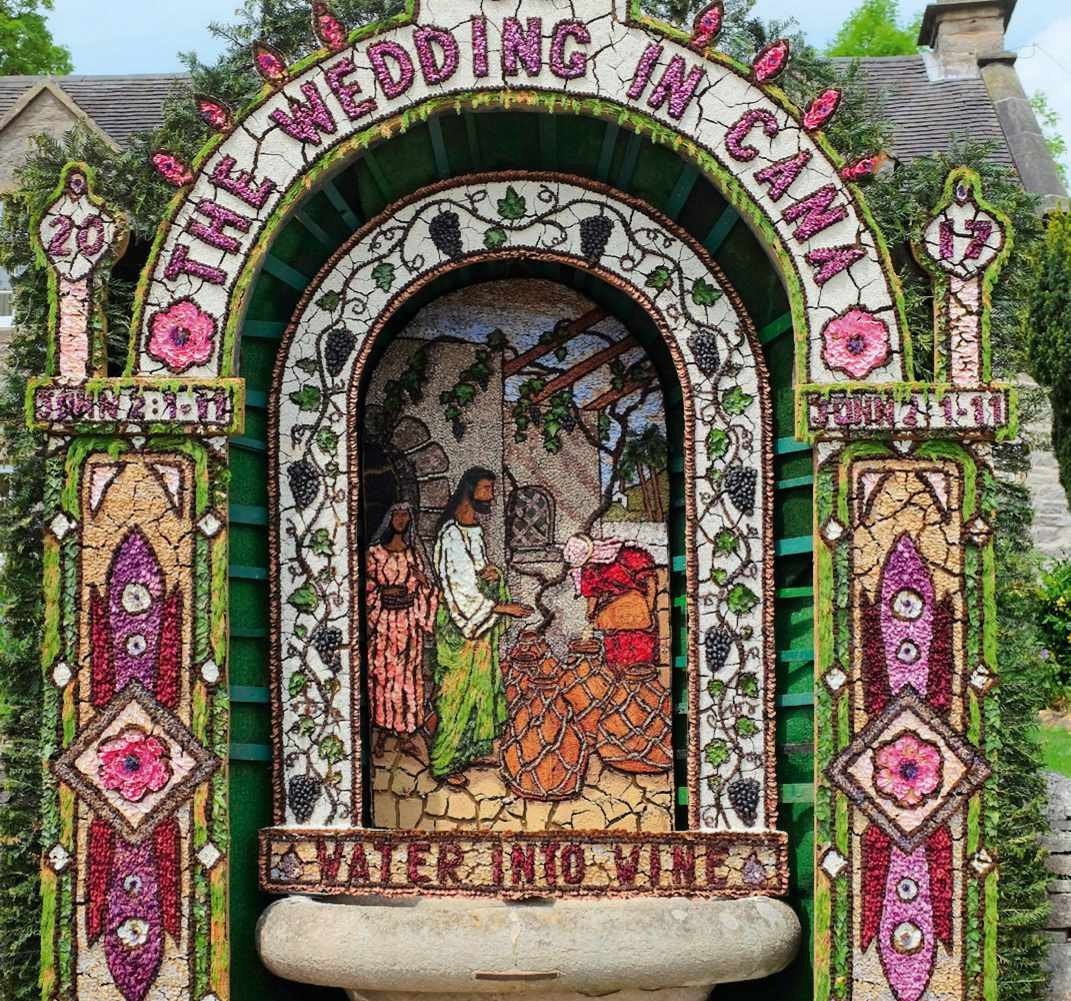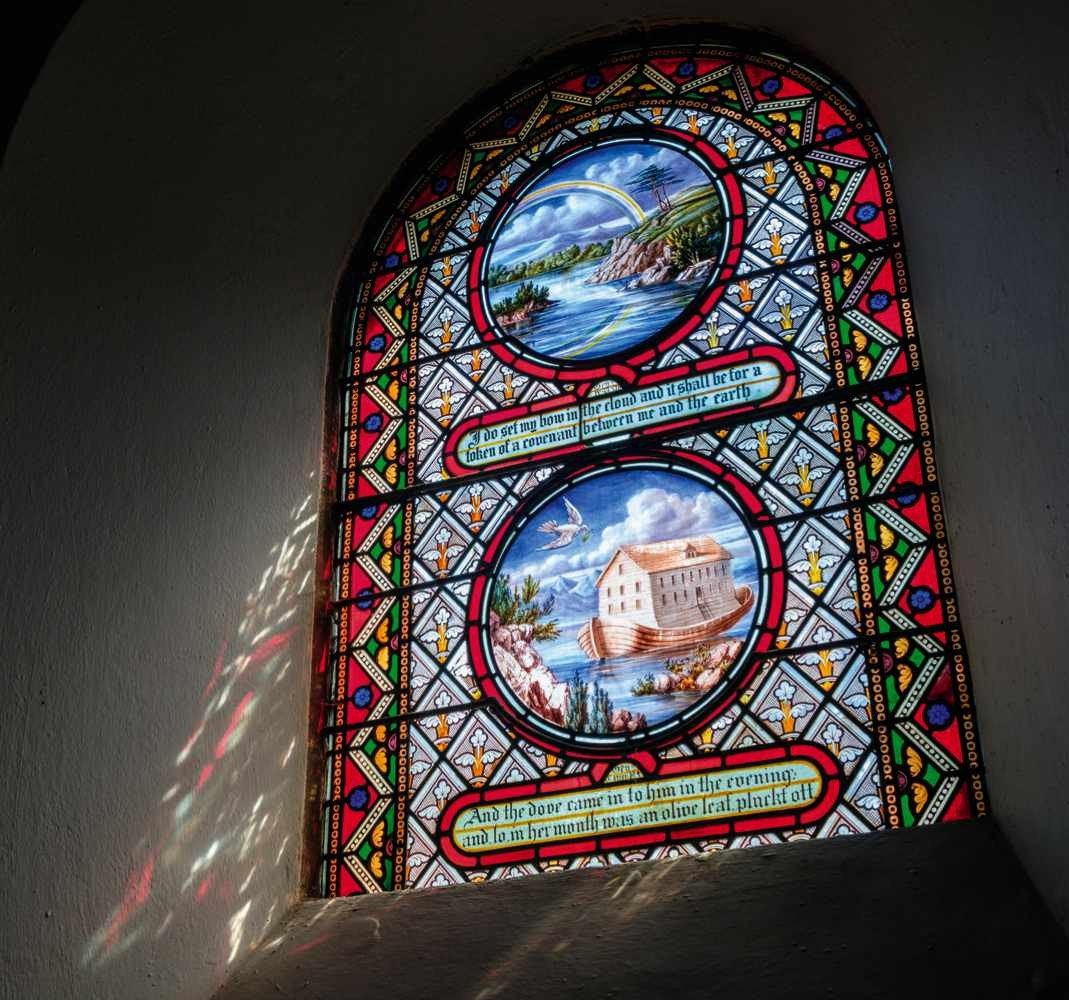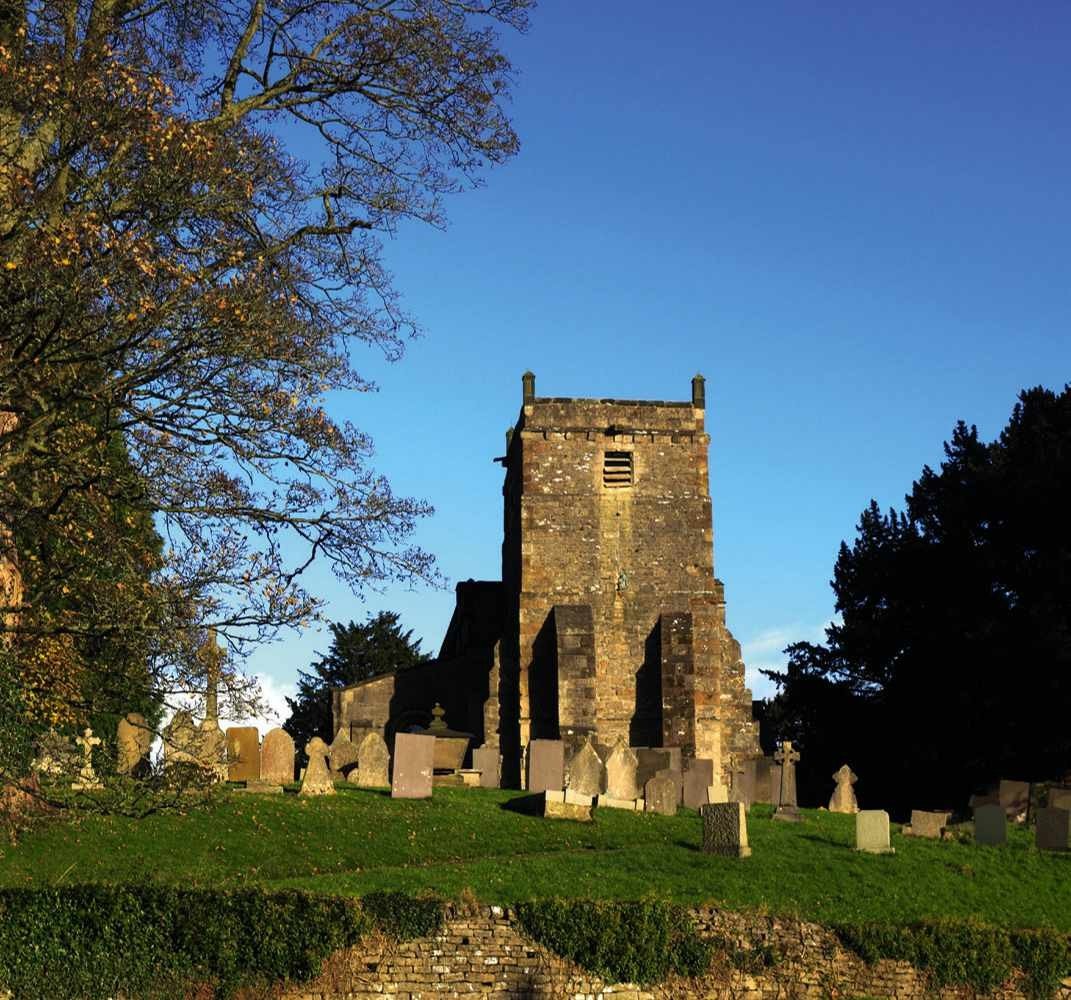Top 10 Peak District Villages
Explore the national park’s prettiest and most fascinating settlements this autumn

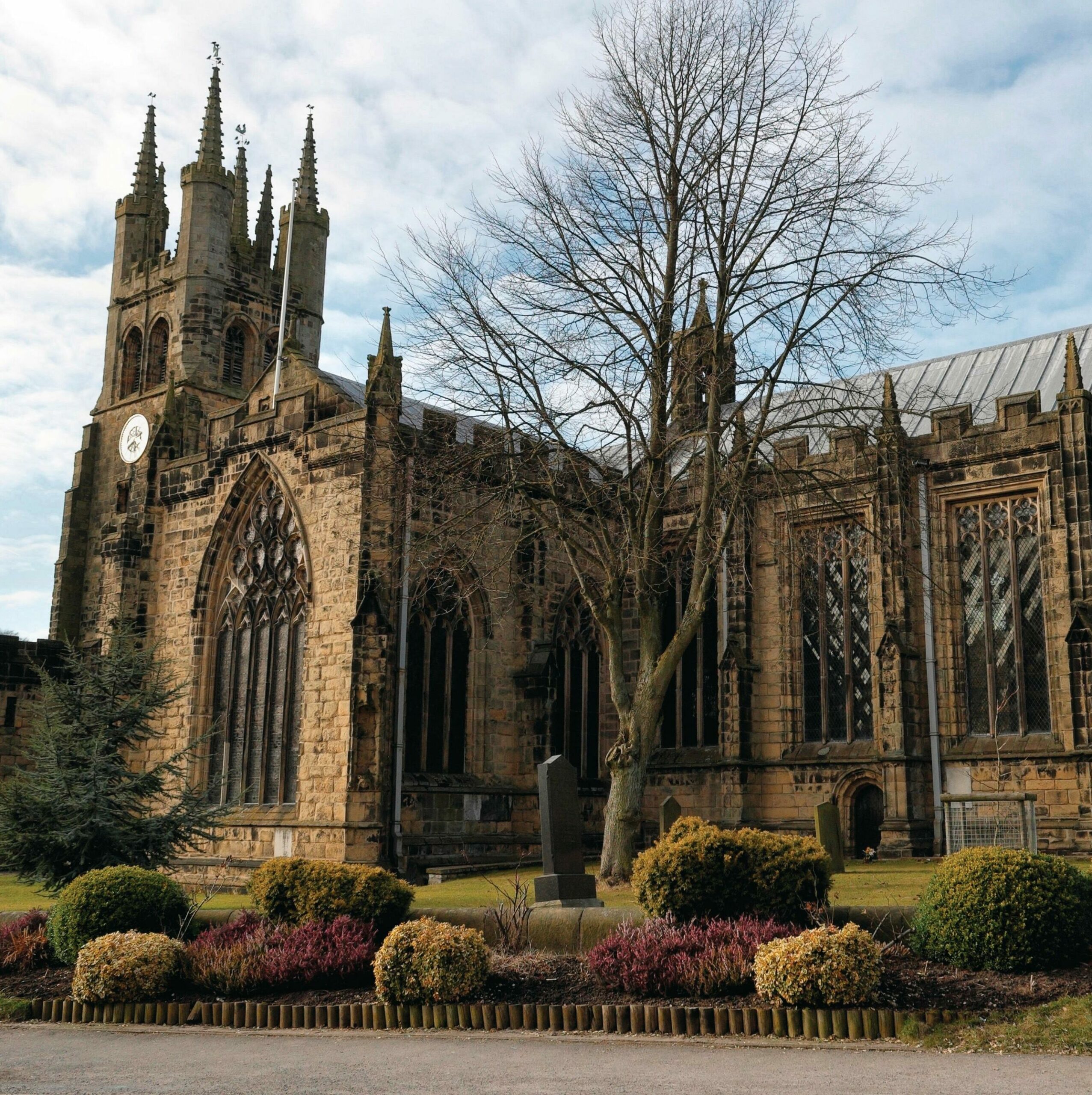

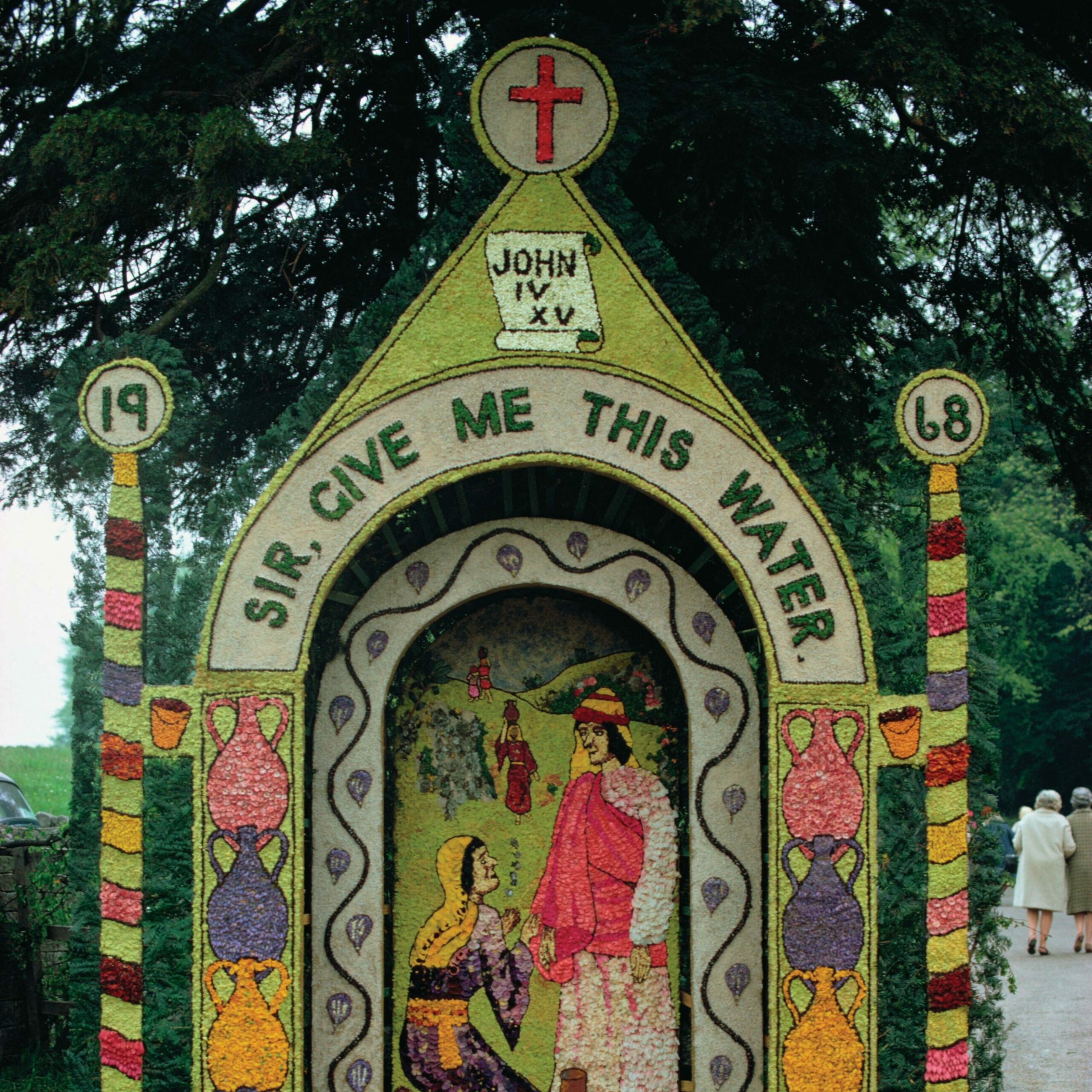
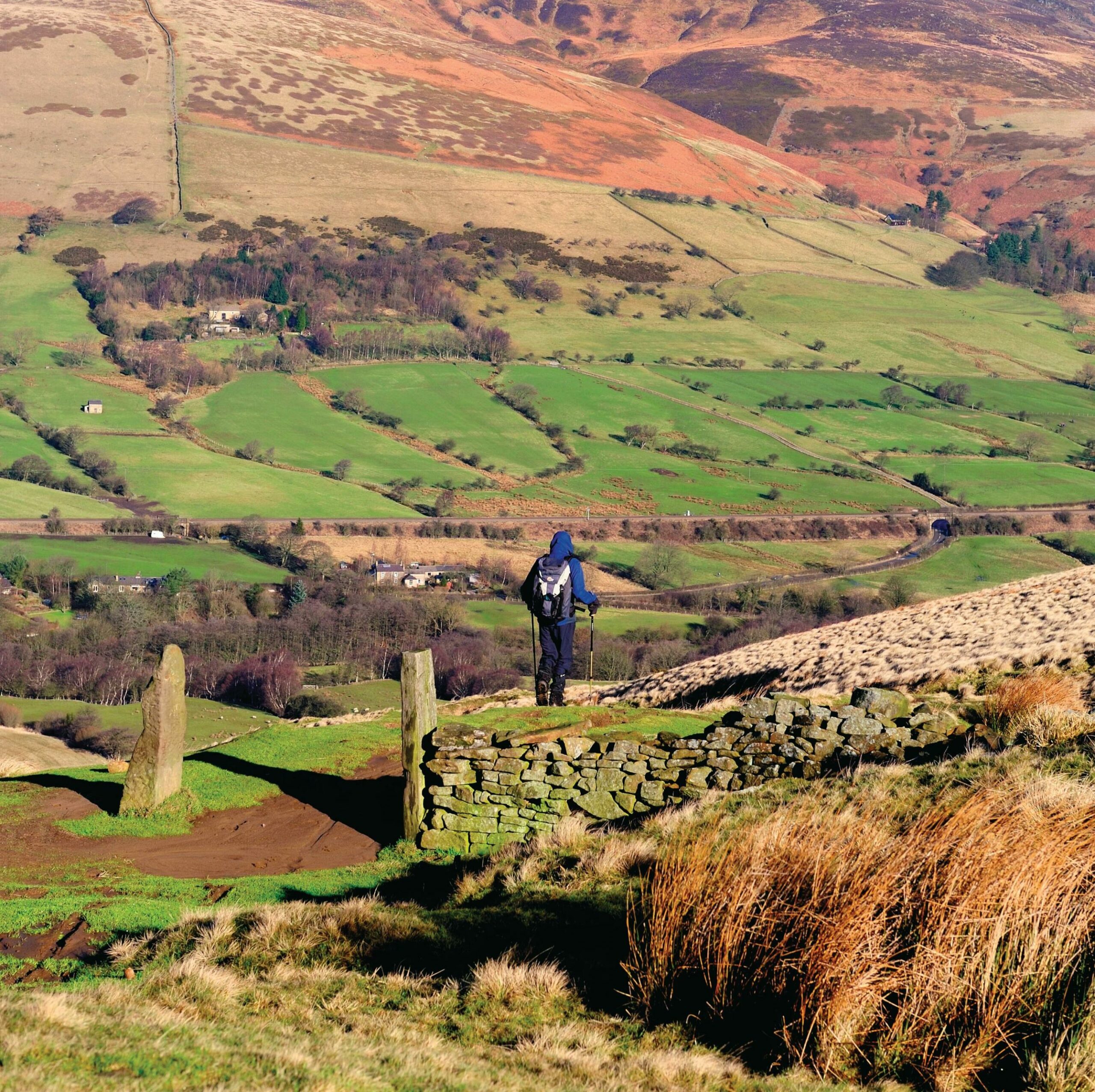
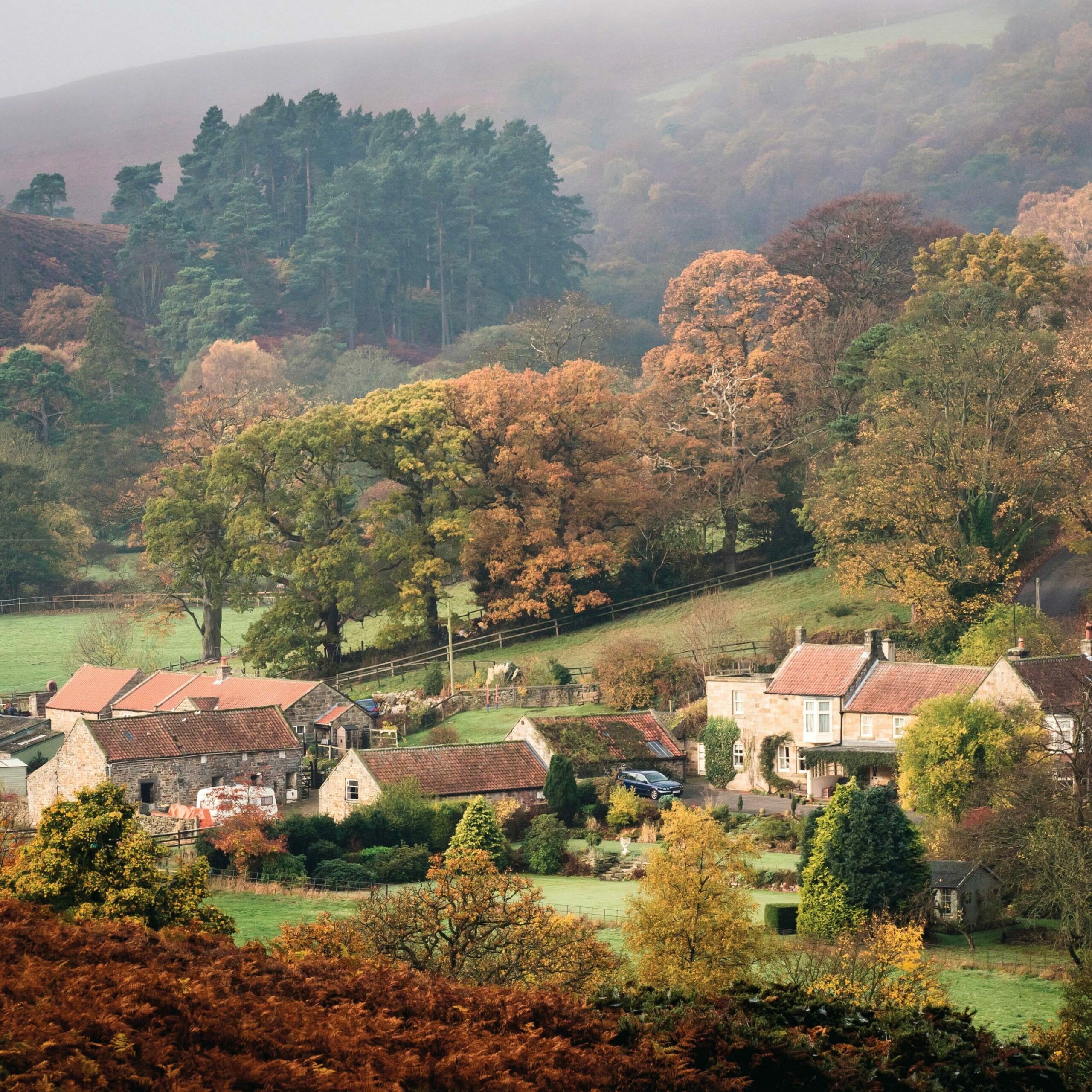
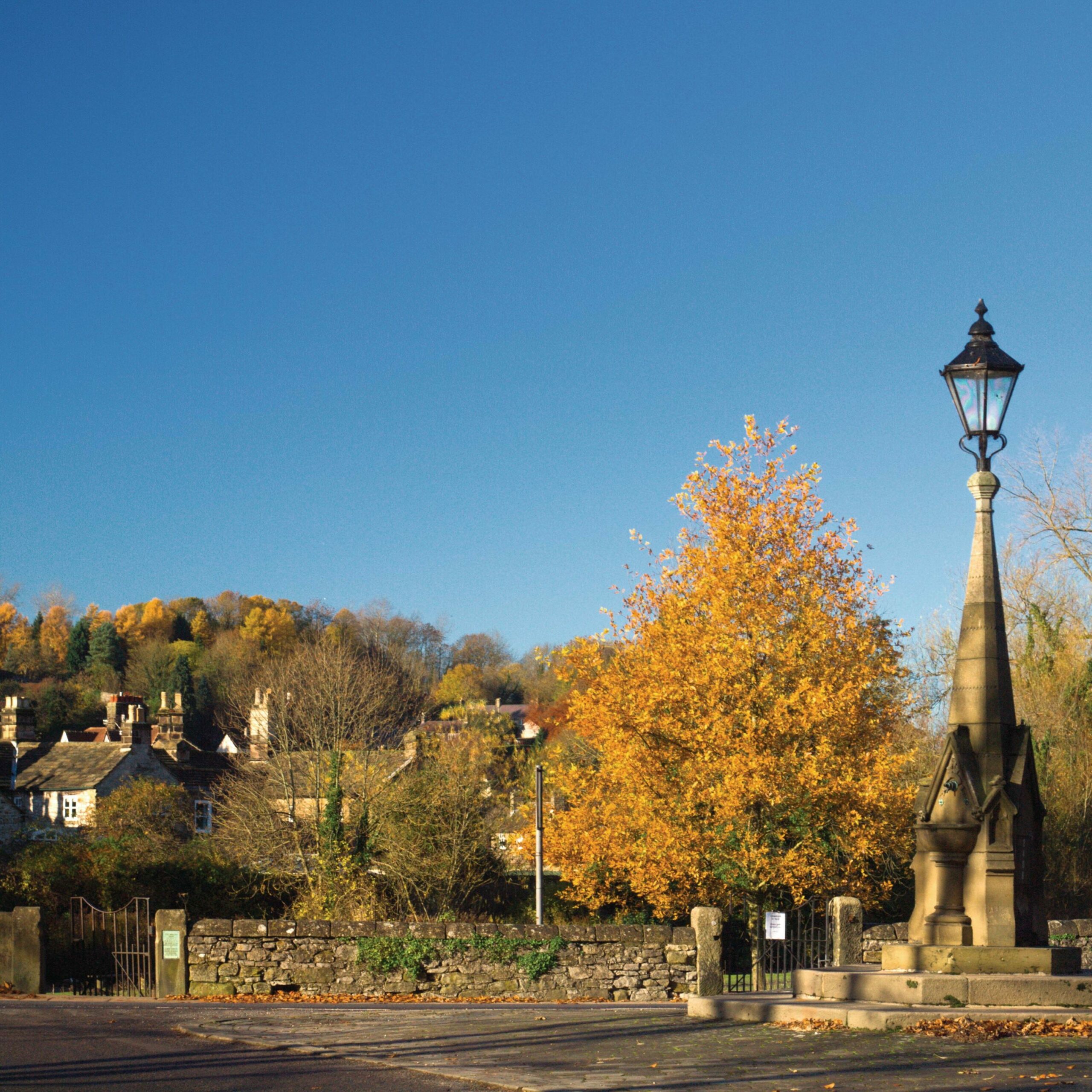
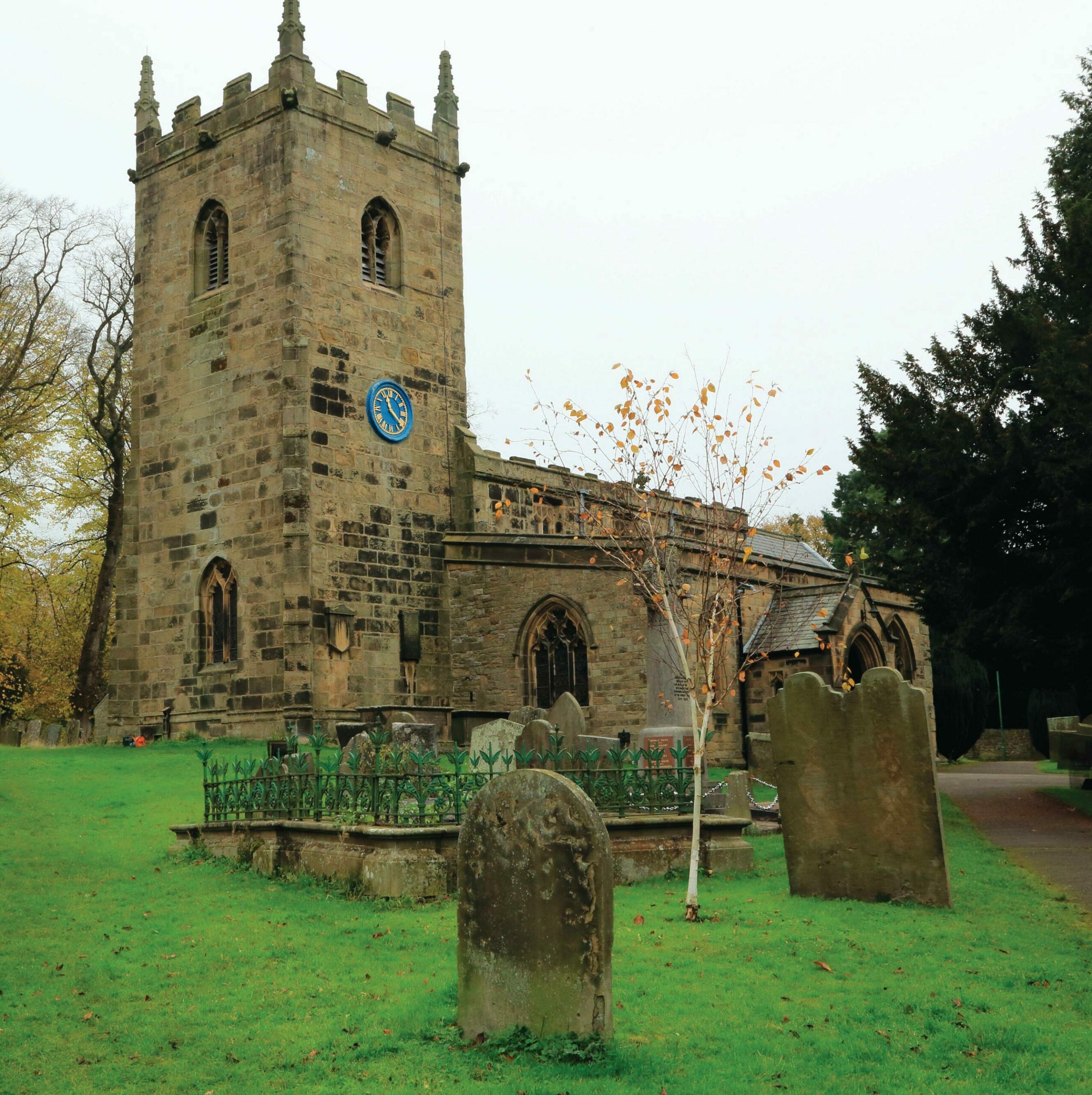
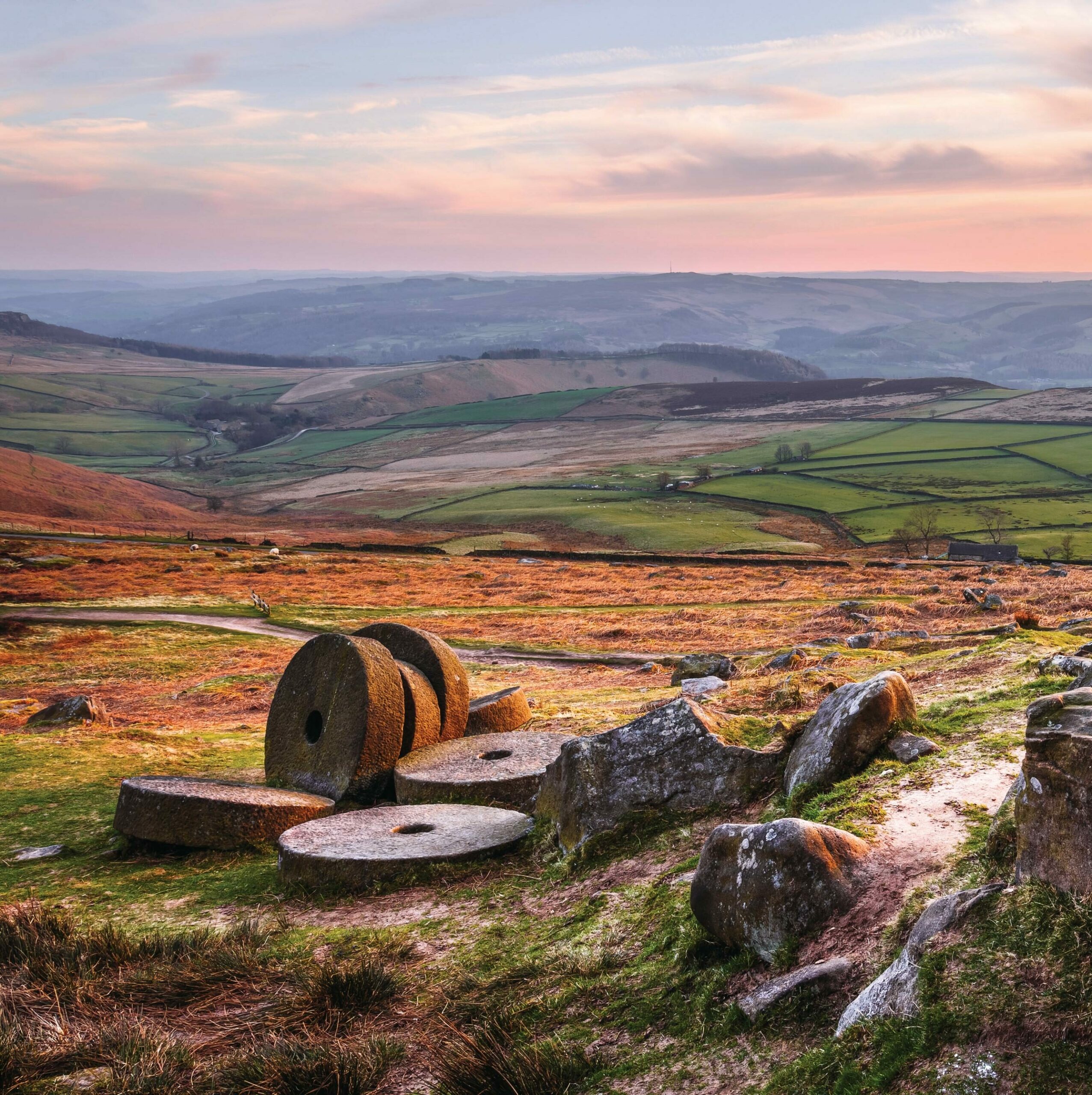
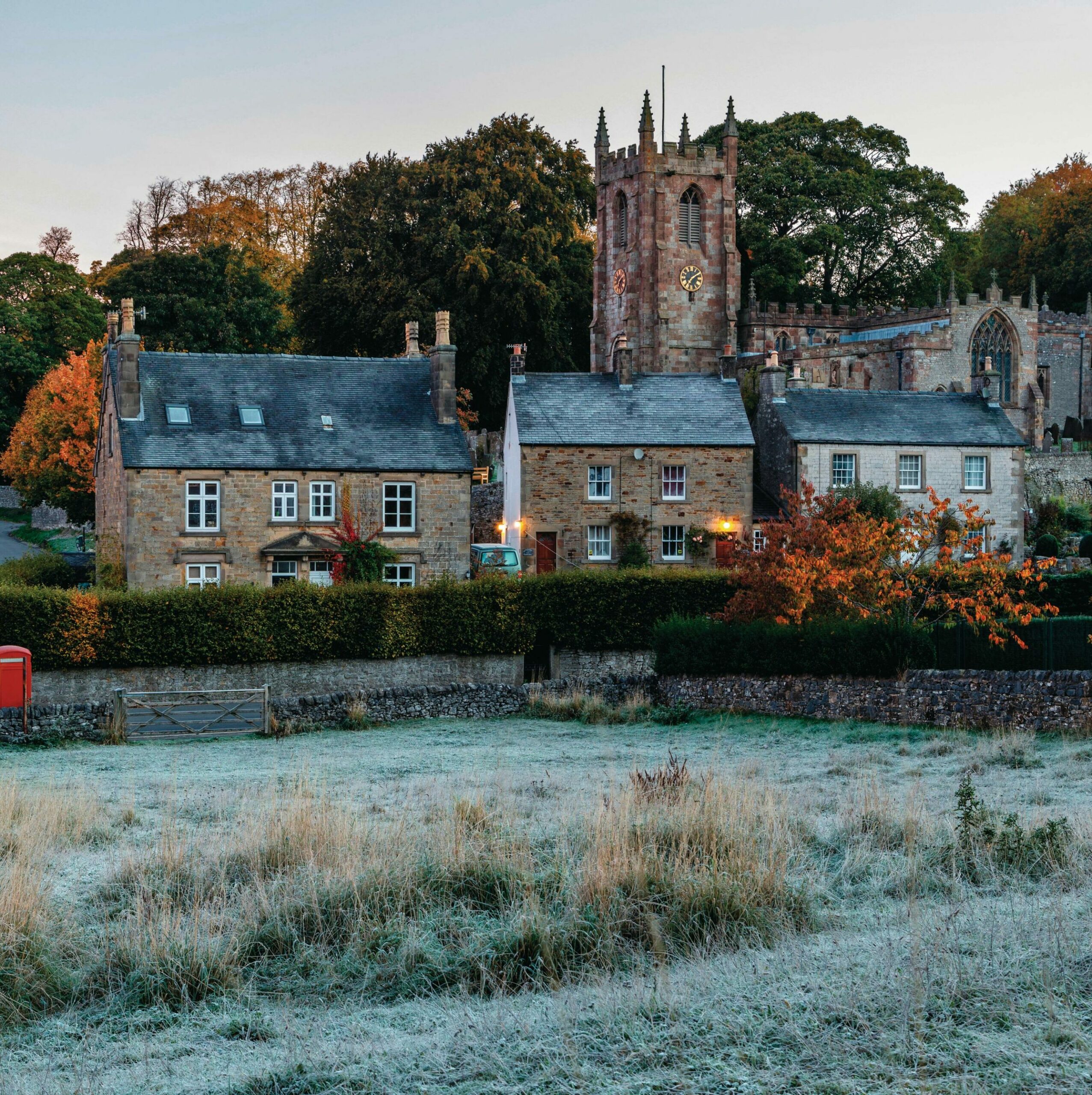
1 Castleton
Spectacular show caves
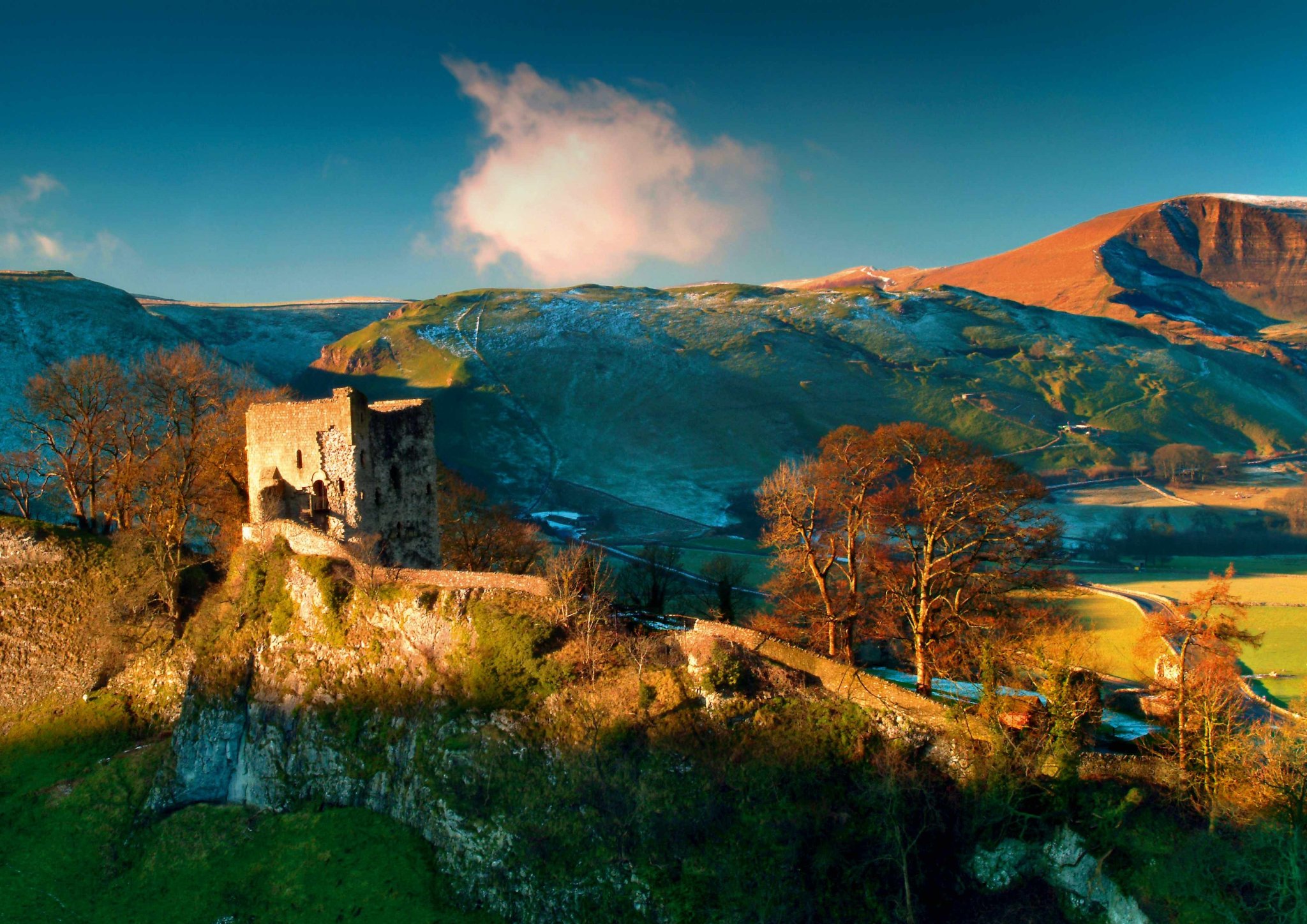
Castleton’s fame lies in its splendid situation, standing at the head of the beautiful Hope Valley and surrounded by hills that are at the geological junction of the White and Dark Peaks. This planned township dates from the 12th century, when it was laid out on a grid-iron design beneath commanding Peveril Castle (pictured), on a lofty crag between the precipitous gorges of Peak Cavern and Cave Dale.
Today, Castleton depends largely on the tourist trade; the four famous show caves of Peak Cavern, Treak Cliff, Speedwell and Blue John attract thousands of visitors every year. The oldest of the show caves is Peak Cavern, directly beneath Peveril Castle, which is said to have the largest cave entrance in Britain. It recently reverted to its ruder ancient name, the Devil’s Arse. Treak Cliff Cavern, on the now-closed road towards Mam Tor, has the finest formations of stalactites, stalagmites and illuminated pools.
Blue John Cavern, beneath the land-slipped east face of Mam Tor, takes its name from the veins of the unique mineral which is sold as ornaments in the town’s many trinket shops. Speedwell Cavern, reached by boat via an underground canal, is at the foot of Winnats Pass, a spectacular dry limestone gorge that carries the road from Chapel-en-le-Frith to Castleton.
Local walk
• A stepped and paved walk from Mam Nick car park to the summit of Mam Tor, through the ramparts of one of the highest Iron Age hillforts in the Pennines.
2 Tideswell
Magnificent parish church
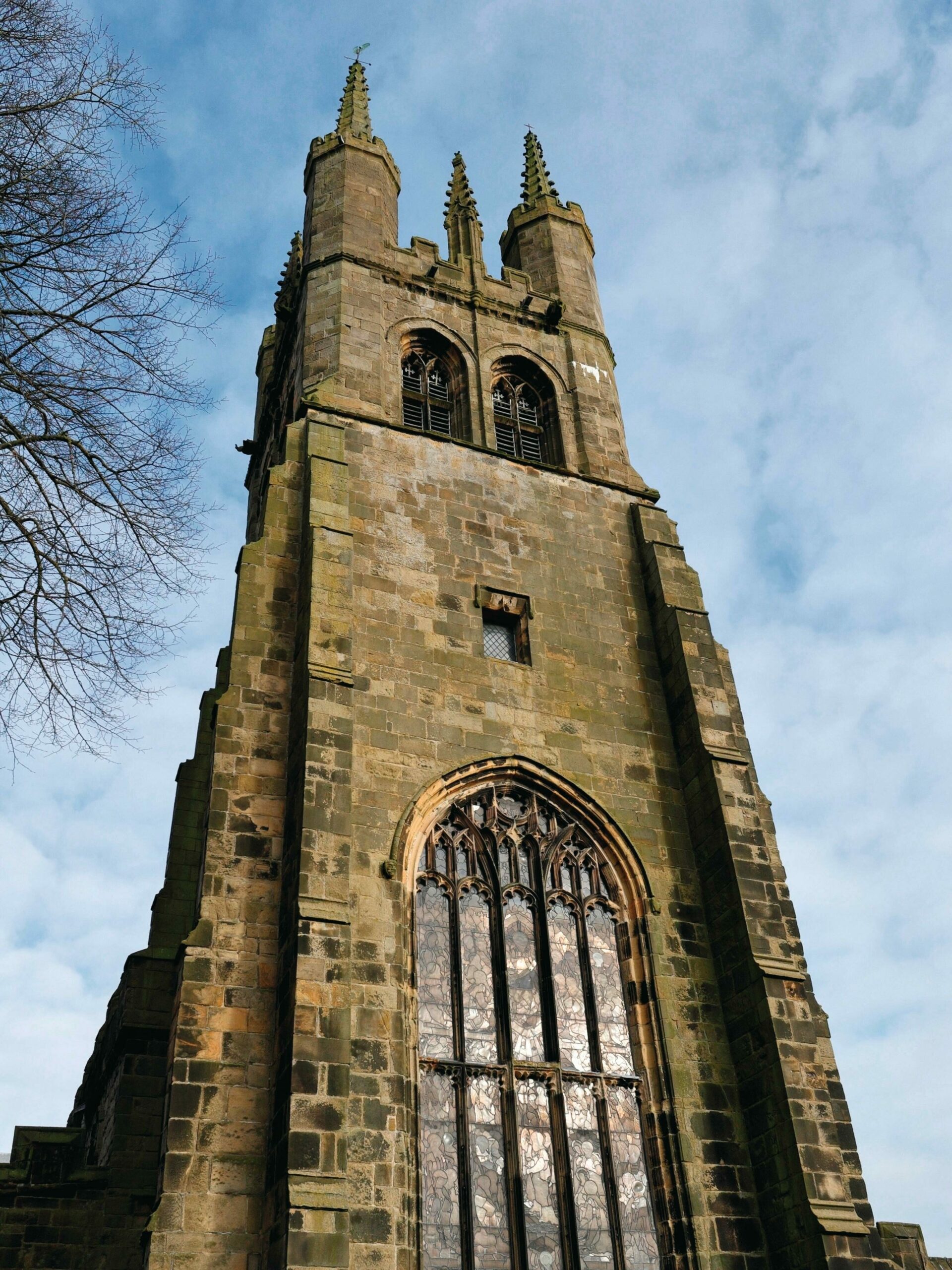
Tideswell (local nickname “Tidser”) has the prosperous, urban air of a small town. It is perhaps best known for its magnificent parish church of St John the Baptist (above), known with some justification as ‘the Cathedral of the Peak’, and described by Sir John Betjeman as “a grand and inspiring church”.
The Decorated-style church has a wonderfully light and airy chancel, and is a rarity among parish churches in that it was almost entirely built within one period – in about 70 years from 1300. This gives the elegant, cruciform church a wonderful uniformity of appearance missing from so many other churches. Only the impressive turreted and pinnacled west tower was added later.
The right to hold a market at Tideswell was granted in 1251 and, at one time, Tideswell held five markets a year for cattle and local produce. Those days are recalled in the name of the cobbled Pot Market. Another building of note is The George Hotel, with its Venetian-style louvered windows.
Local walk
• A short walk to the south is Tideswell Dale, a Derbyshire Wildlife Trust Nature Reserve.
3 Ashford in the Water
Well-dressing on the Wye
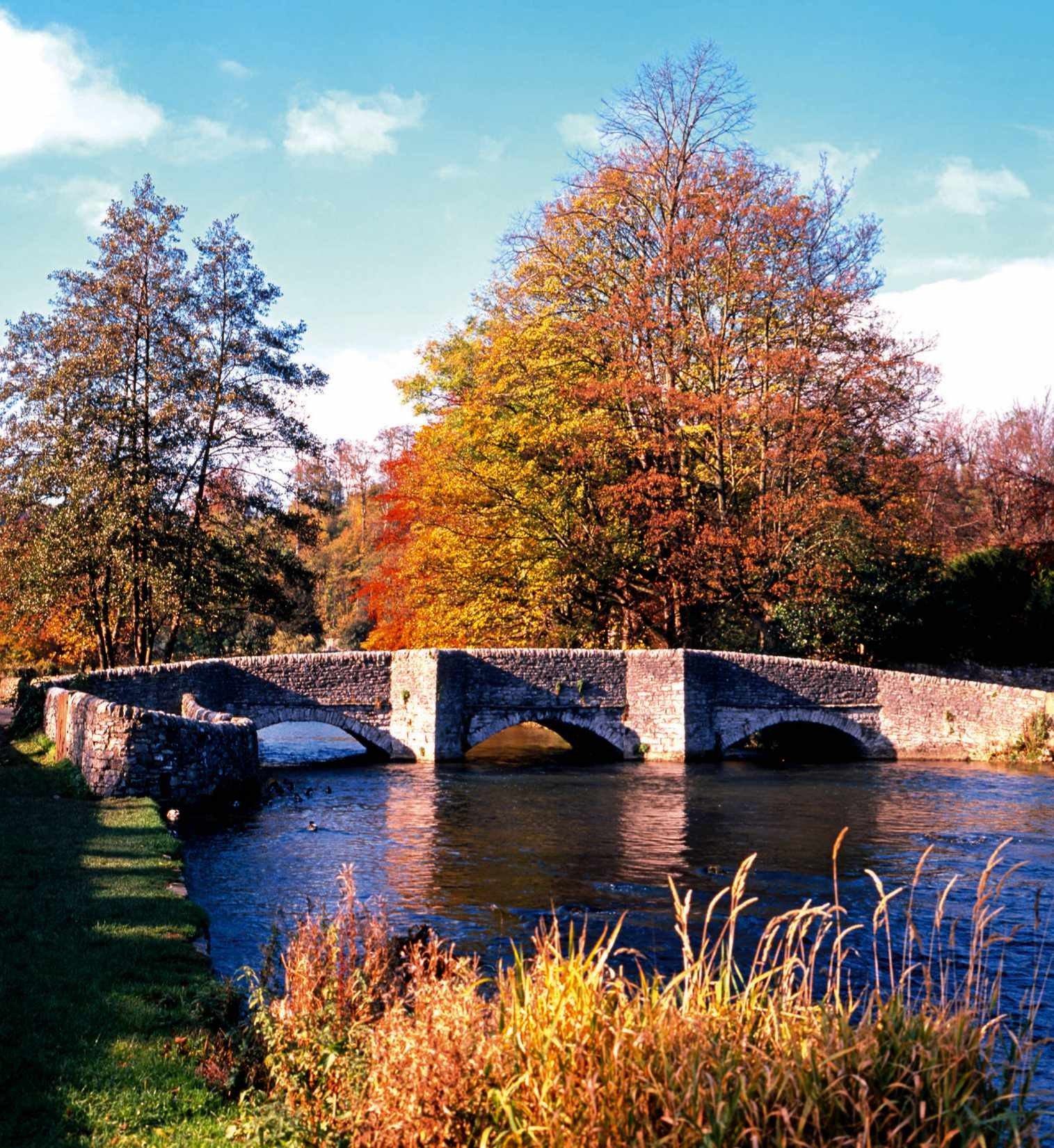
Not exactly in the water, but certainly on the River Wye, Ashford is a candidate for the Peak’s prettiest village. It is perhaps most famous for its six beautifully executed well-dressings – when wells are decorated with mosaics made from natural materials – held annually in early June.
The medieval Sheepwash Bridge (below), which crosses the Wye on low arches framed by overhanging willows, is a favourite subject for artists, and was recently named by VisitEngland as the best location in the country to play the popular family game of Poohsticks.
The walled enclosure to one side gives away its name, and it is still occasionally used for its original purpose when sheep are unceremoniously tossed into the river to clean their fleeces before shearing.
Sheepwash Bridge is close to the grey limestone Parish Church of the Holy Trinity, which was largely rebuilt in 1870, but retains the base of a 13th-century tower. Over the south door, it also has a Norman tympanum from the original church. Hanging from the roof of Ashford’s church are the remains of four virgin’s crants – crown-shaped paper garlands that were carried at the funerals of unmarried village girls.
Also inside the church are fine examples of Ashford’s most famous product, the so-called Black Marble, which was really a polished grey limestone cut from mines near the village. This attractive stone became very popular in Victorian times.
For refreshments, The Bull’s Head pub in Church Street is a cosy option.
Local walk
• Take the three-mile stroll downstream along the banks of the Wye to reach the market town, Bakewell.
4 Hartington
The home of Stilton cheese
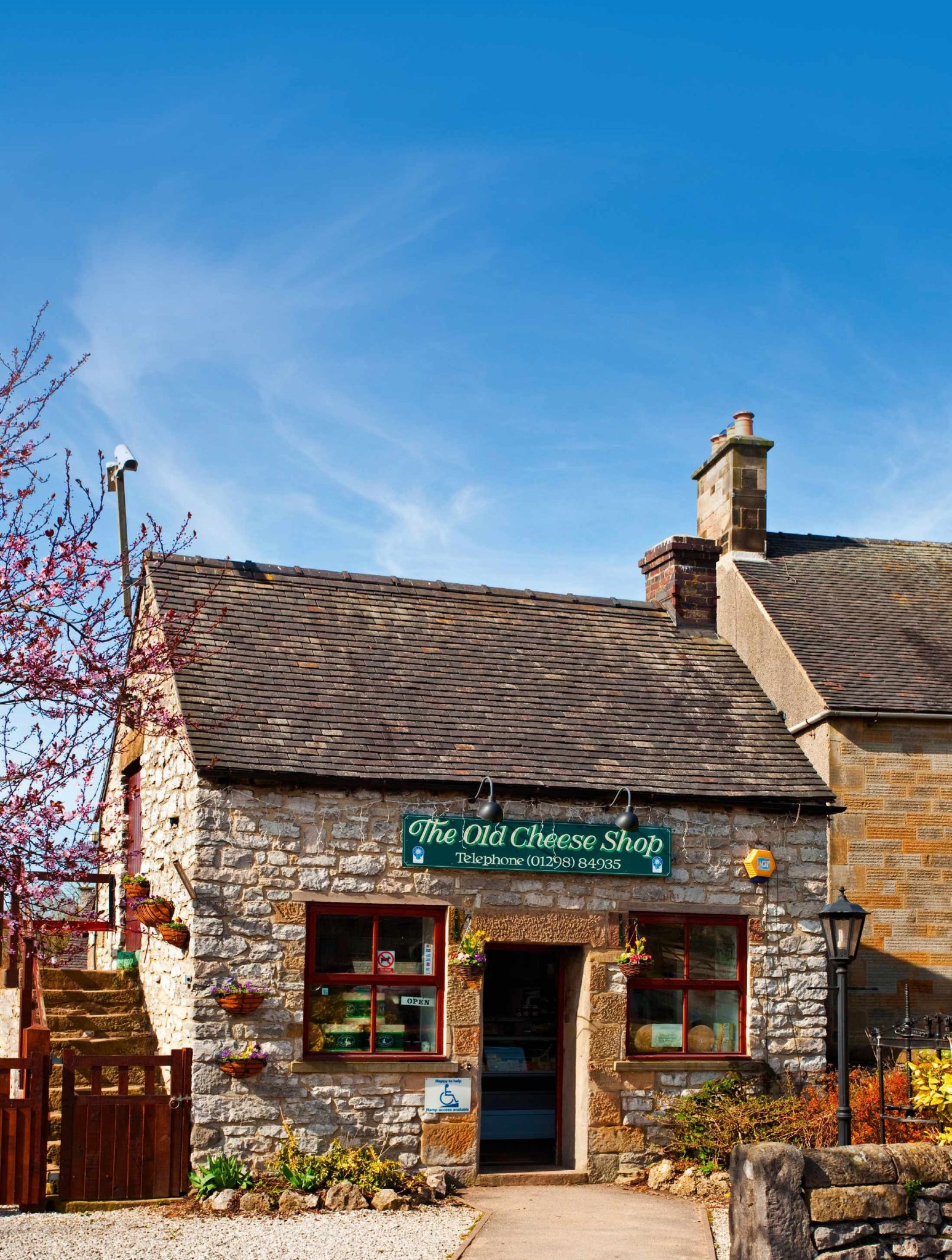
Hartington, at the northern end of Dovedale, still wears the air of a prosperous market town, although it is nearly 800 years since its market charter was granted and many years since a market was last held in its spacious square. The classical three-arched façade of the Town Hall, built in 1836, adds to this urban impression, and The Square is ringed by sturdy 18th- and 19th-century stone cottages.
The Charles Cotton Hotel recalls one of Hartington’s most famous sons. Charles Cotton co-authored with Izaak Walton The Compleat Angler (1653) and lived at Beresford Hall, of which only an ornate fishing lodge remains in nearby Beresford Dale.
The Hartington Cheese Shop, in The Square, sells blue-veined Stilton from the Hartington Creamery at nearby Pikehall Farm. The creamery is one of a handful in the country licensed to produce Stilton.
The most famous visitor to Hartington was probably Bonnie Prince Charlie (Prince Charles Edward Stuart) on his ill-fated march on London in 1645. He is alleged to have stayed at the lovely Tudor mansion of Hartington Hall, south-east of the village centre, which is now surely one of the most palatial youth hostels in the country.
The hill-top parish church of St Giles is one of the most interesting churches in the Peak, dating mainly from the 13th and 14th centuries.
Local walk
• For an excursion into the upper reaches of Dovedale – perhaps the Peak’s most famous Dale – take the footpath south of the village through Beresford Dale.
5 Hayfield
A historic site for ramblers
Best for… walking history
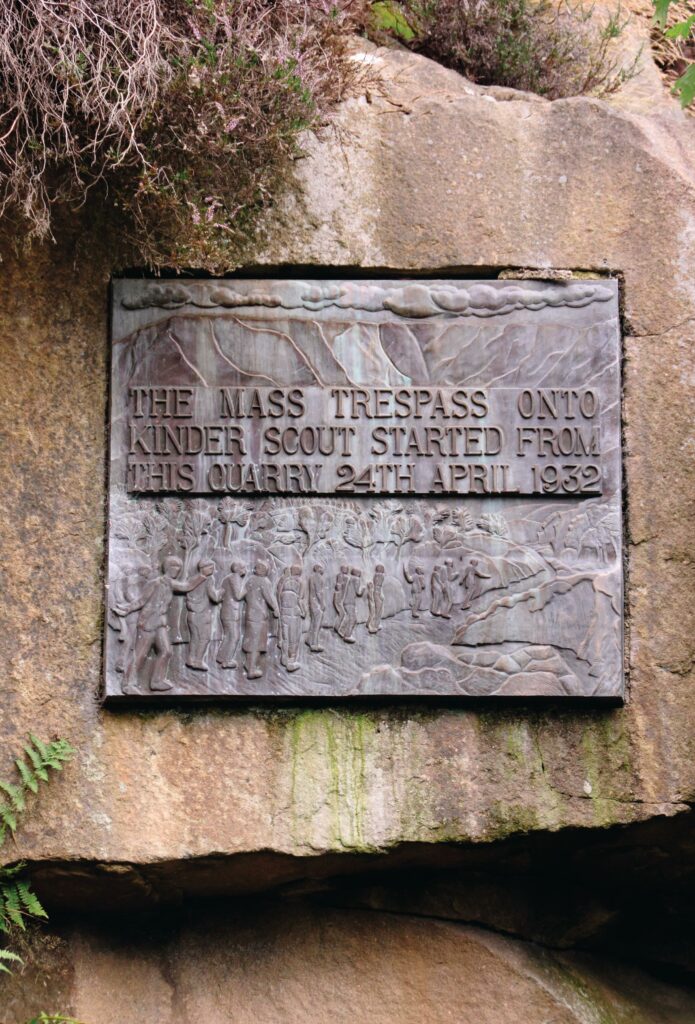
Hayfield, the neat little gritstone township in the western shadow of Kinder Scout, plays a historic role in rambling folklore. It was from here on April 24, 1932, at Bowden Bridge Quarry east of the village, that the famous Kinder Scout Mass Trespass set out to exercise the ramblers’ right to roam on the then-forbidden moorland. Five ramblers were later arrested and imprisoned for their part in the demonstration. In 1982, to mark the 50th anniversary, a commemorative plaque (above) was erected in the quarry – now a car park for walkers.
Hayfield was once an industrial centre, with wool, cotton, paper-making and textile printing mills using the fast-flowing waters of the rivers Sett and Kinder. All these industries are long gone, but the fine Georgian church of St Matthew gives a hint of the township’s former prosperity.
Enjoy a pint at The Pack Horse in the centre of the village, or some quality homecooked food at the Rosie Lee café on Kinder Road.
Local walk
• Take the Snake Path up to the Twenty Trees Plantation for outstanding views towards Kinder Scout.
6 Edale
Start point of the Pennine Way
Best for… peat moorlands

The charming moorland village of Edale – more correctly known as Grindsbrook Booth – is a magnet for Peak District ‘bogtrotters’, the name affectionately given to ramblers who enjoy the dubious pleasure of trekking across peat moorland. Situated under the southern edge of Kinder Scout, at 636m the highest point in the Peak, Edale was recently named in a national poll as one of the best villages to live in England.
It is perhaps best known to walkers as the starting point of Tom Stephenson’s classic long-distance marathon, the Pennine Way. This arduous 268-mile route up the backbone of England to Kirk Yetholm, just across the Scottish Border, sets off from the 300-year-old Nag’s Head public house in Edale.
The beautiful valley of Edale (pictured) is threaded by the Sheffield to Stockport railway line, built in 1894, a highly scenic line still fondly known as ‘the Ramblers’ Route’. Edale station is at Grindsbrook Booth, along with the charming Victorian Holy Trinity parish church, built in 1886, the village school and post office.
The Peak District National Park Edale Visitor Centre is nearby at Fieldhead, which is also the headquarters of the Moors for the Future project, an impressive partnership that has done so much to restore the precious peat moorlands of the South Pennines.
Local walk
• An easy circular three-mile walk is along the Pennine Way beneath Kinder’s southern edge to Upper Booth and then back via Barber Booth.
7 Tissington
The ideal White Peak village
For many people, Tissington is the perfect White Peak village. Neat stone cottages fronting broad greenswards, a village green complete with a duck pond (known here as a ‘mere’), and everything governed by an elegant Jacobean manor house and watched over by the squat Norman tower of the church.
At Ascensiontide, the five beautiful well-dressings – traditionally the first and earliest recorded in the Peak – are in place; you can see the next well-dressing on 9–15 May 2024. The only thing that Tissington seems to lack is a village pub – for that you have to go to The Bluebell Inn, on the A515 near Tissington Gates.
This is FitzHerbert country, and most of the cottages were built and owned by the family that still occupies Tissington Hall, as it has for four centuries. Built in 1609 by Francis FitzHerbert to replace a moated fortification, wings have been added over the centuries, and the hall is now home to Sir Richard FitzHerbert and his family. The house remains one of Derbyshire’s most pleasing and intimate manor houses.
Opposite the hall, which has the cosy Herbert’s Tea Rooms in former school buildings next door, is the splendid Norman tower of the church of St Mary. Although heavily restored in 1854, there is still much Norman work to be seen inside, including the south doorway, the chancel arch and the 11th-century tub-shaped font.
Local walk
• East of the village is the Tissington Trail, a walking and riding route that follows the former Ashbourne to Buxton railway line. Hire a bike or walk the traffic-free route through some of the finest White Peak countryside.
8 Bakewell
Much more than a tart
Best for… classic puddings

The busy little stone-built market town of Bakewell on the River Wye is the largest settlement in the National Park and serves as its natural ‘capital’. Its Monday market, now housed in the modern Agricultural Business Centre, has probably existed for more than 1,000 years, and it still serves as an important social meeting place for farmers.
Many travel into the town over the 13th-century Town Bridge over the Wye, the banks of which are popular with children who love to feed the flocks of wildfowl. Towering over the town is the elegant spire of the All Saints church (below), which has monuments to the Vernon and Manners families, ancestral lords of the manor from nearby Haddon Hall.
The late 17th-century Old Market Hall in the centre of town now serves as a National Park and Tourist Information Centre, but reputedly the oldest house in Bakewell is the Tudor Old House Museum with its excellent exhibition of items from the town’s past. Originally a tax collector’s cottage, it was converted into a gentleman’s residence during the reign of Elizabeth I.
You can taste the town’s famous delicacy at the Old Original Bakewell Pudding Shop, which claims, among other vendors, to hold the authentic recipe from the 19th century that was created – apparently accidentally – at a local inn.
Local walk
• Join the Monsal Trail – formerly the Midland Line but now a traffic-free walking and riding route – at the former Bakewell Station for an easy, four-mile walk to one of the Peak’s most famous viewpoints at Monsal Head.
9 Eyam
Heroic plague histories
Best for… history lovers

Eyam (pronounced “E-yam” as in stream) cannot escape from its tragic past and always seems to be saddled with the epithet: ‘The Plague Village’. The heroic self-imposed quarantine by the villagers after the plague struck from 1665 to 1666 has been described as “the greatest epic in the annals of rural life”. Despite its tragic past, Eyam is a lively, bustling village today, but many cottages are marked with plaques recording the names of the victims, ensuring the plague story will never be forgotten.
The restored 13th-century St Lawrence church has many touching memorials of the plague, including the chair of William Mompesson, the rector who led the villagers in their selfless act of heroism. Eyam Museum, in a former chapel in Hawkhill Road, has exhibits that tell the story of the village from prehistoric times, as well as the harrowing story of the plague.
Local walk
• One family hard hit by the plague was the Hancocks of Riley House Farm. See their graves in an enclosure a short walk from the village, on the minor road leading east towards Grindleford.
10 Hathersage Explore Stanage Edge
Best for… Brontë fans
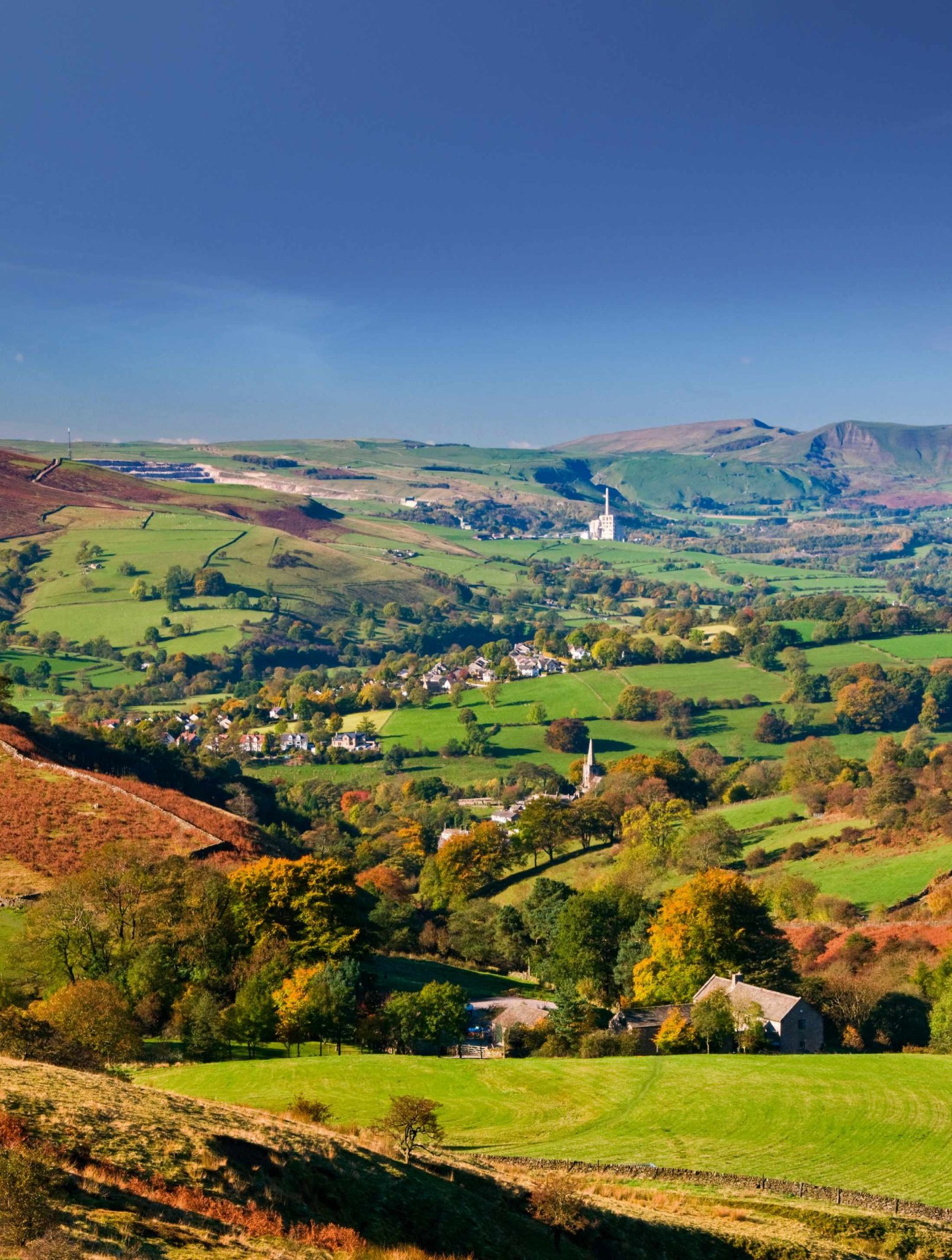
Hathersage is a bustling little village at the eastern entrance to the Hope Valley under the frowning gritstone escarpment of Stanage Edge.
There are many connections with Charlotte Brontë in and around the village. She often came to Hathersage to stay with her friend Ellen Nussey and is thought to have based the town of Morton in Jane Eyre on Hathersage. North Lees
Hall (private), a fine embattled Tudor tower house to the north-east of the village, is thought to have been Charlotte’s model for Thornfield Hall, Mr Rochester’s home.
The Eyre family also features in the beautiful brasses in St Michael and All Angels church, which is famous for allegedly being the last resting place of Robin Hood’s loyal henchman, Little John. Outside the south door of the church between clipped yews is what is reputed to be his 13-foot long grave.
If the weather is fine and you fancy a dip, then the popular open-air swimming pool on Oddfellows Road in Hathersage is well worth a visit, while the Outside shop on the main street is one of the finest outdoor stores in the country.
You can enjoy lunch or a coffee under the constantly changing lights of a working traffic light in the café at the David Mellor Design Museum and Country Shop just south of Hathersage.
Local walk
• While in Hathersage, take the walk out towards the awe-inspiring escarpment of Stanage Edge, much favoured by rock climbers.

